Deltoid muscle strain: Cause, Symptoms, Treatment, Exercise
Table of Contents
What is a deltoid muscle strain?
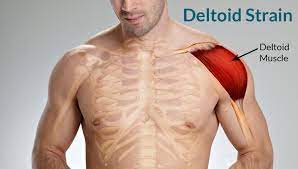
- Deltoid muscle strains are common injuries in people that do a lot of tough exercises or in athletes that use their shoulders and deltoid muscles constantly.
- The deltoid muscle can be overextended with some motion like throwing a baseball or lifting a heavyweight.
- Some people working on muscle strength training or bodybuilders focus a whole workout on the shoulder exclusively.
- These long periods of over-use and damage to the shoulder muscles can easily generate strains (minor tears in muscles and/or tendons) that can be felt as a sharp pain in the shoulder.
- A fall or sudden injury that jerks the shoulder joint or even dislocates the shoulder can also cause major damage to the deltoid muscle.
Where is the deltoid muscle located?
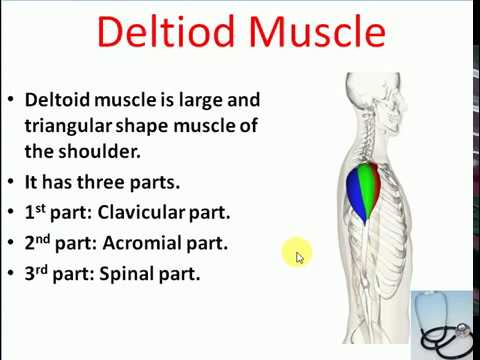
- The deltoid muscle is the muscle forming the rounded shape of the shoulder. It’s also known as the most frequent shoulder muscle,
- Anatomically, the deltoid muscle appears to be made up of three portions of muscle fibers,
- Clavicular portion or anterior ( pars clavicularis)
- Scapular portion or posterior ( pars scapularis)
- Acromial portion or intermediate ( pars acromialis)
- Origins:
- anterior border and an upper surface of lateral1/3 of Clavicle (clavicular part),
- Acromion (acromial part),
- The spine of the Scapula (spinal part)
- Insertion:
- Deltoid tuberosity of humerus
- Nerve:
- Axillary nerve (C5, C6) ,
- Action:
- Clavicular part: flexion and of the arm,
- Acromial part: the abduction of the arm beyond the initial 15 °
- Spinal part: external rotation and extension of the arm.
- Antagonist :
- Latissimus dorsi
Classification of deltoid muscle strain
- Grade 1: Deltoid muscle strain is classified as a minor injury. It happens when the deltoid muscles or tendons are overstretched, but you do not lose mobility or strength.
- Grade 2: The strain is moderate tearing in the deltoid or tendons that causes some loss of mobility or strength.
- Grade 3: Strain is a complete rupture of the deltoid muscle or tendons. If you have a total tear or strain, you may require surgery to repair muscle strain.
Causes of deltoid muscle strain
An acute deltoid muscle strain is one time your muscle tears quickly and unexpectedly. muscle tears will be due either to injuries or trauma. this will respond to
- Not warming up properly before physical exercise
- Poor flexibility
- Poor exercise
- Overexertion and fatigue
- Weakness
- Acute injuries are generally the result of a single traumatic event and affect a macro-trauma to the muscle. There’s a pronounced link between the cause and noticeable symptoms. They do contact sports similar to base ball and tennis because of their dynamic and high strike nature. Moving or rotating the shoulder and elbow in an unusual or unfamiliar way can lead to a strain.
- Overuse of Deltoid muscle
Signs and symptoms
rely on the depend on the intensity of the injury.
- In delicate deltoid, muscle strain could feel slightly stiff, however still versatile enough to be used.
- Unexpected pain in the front side of the arm.
- Pain or tenderness over the deltoid muscle
- Snapping or popping sensation in your deltoid
- Swelling and bruising in your deltoid muscle.
- Limited movement of the deltoid muscle.
- Deltoid muscle spasms.
- Muscle weakness.
- Muscle stiffness.
How to diagnose deltoid muscle strain?
- Most minor or partial muscle strains don’t require diagnostic testing, however, these tests will help confirm if you have a rupture strain and will rule out other causes of shoulder or arm pain.
- X-rays will provide a two-dimensional image of the overall structure of your upper arm, elbow, and shoulder. They help identify instability, avulsion fractures, abnormal bone shapes, or other problems.
- CT scans and diagnostic ultrasounds may be used to look internally at muscle and tendons.
- MRIs will provide more information and will help to evaluate the soft tissues in and around your deltoid. They can identify tendon or ligament damage, and can help to determine the extent of your injury, the grade of your tear or inflammation, as well as other similar conditions.
Assessment
Subjective assessment
- History with associated symptoms.
- Mechanism of injury.
- Inciting trauma-direction and extent of injury force.
- Repetitious trauma- defective postural related injuries.
- Observation Strain injuries of the deltoid may present with an obvious deformity similar to a bulge or defect in the muscle belly.
- Tenderness
- Swelling
Treatment of Deltoid strain:
For immediate
- Nonsurgical, Conservative treatment maximum muscle strains do not demand surgery if the muscle is fully damaged doctors suggest surgery If there is a partial gash also the athlete can replace when they are effortless and have normal strength and movement.
- This generally occurs following anywhere from many weeks to many months of significant treatment and therapy. When the muscle is fully damaged, the athlete may advantage from surgical repair.
- Some therapists suggest avoiding inimical pain medicines that can extend your threat of bleeding — similar to over the-counter (OTC) medicine (naproxen sodium (Aleve) aspirin and ibuprofen (Advil, Motrin IB), — during the first 48 hours after a muscle strain. Acetaminophen (Tylenol) and others can be helpful for pain relief during this period.
- A physiotherapist can help you to increase the strength and stability of the injured joint or limb. Your doctor may suggest that you stabilize with a brace. For some muscle injuries, deltoid muscle sprint surgery may be called.
- To prevent swelling and pain as first aid by following the RICE star:
- R- Rest
- I- Ice for cooling
- C- Contraction tapping and splinting
- E- Elevation
- the R.I.C.E approach

- Rest. Avoid activities that cause pain, swelling, or discomfort. don’t avoid all physical activity.
- Ice. Though you are seeking medical facilities, ice the world right away. Use an associate degree ice pack or slush tub of ice and water for15 to 20 minutes every time occasion anytime and repeat every 2 to 3 hours. In contrast, you are awake for the primary few days once the injury.
- Compression. To assist stop swelling, compress the world with an associate degree bandage till the swelling stops. do not wrap it too tightly otherwise, you might hinder circulation. Begin wrapping at the top farthest from your heart. Loosen the wrap if the pain increases, space becomes numb or swelling is going on below the wrapped area.
- Elevation. Elevate the burned space on top of your heart’s extent, particularly at midnight, that permits gravity to assist scale back swelling.
Physiotherapy treatment for Deltoid strain
The aim of activity treatment is
- Relieve deltoid muscle pain
- Reduce muscle swelling
- Increases deltoid muscle strengths.
- Improve full mobility of the ligament and corresponding joint
- Restore patient’s confidence
- Restore patients’ full functional activity
Phase one:first week
Ice pack 3 to 4 time
Electrotherapy
Ultrasound
- Ultrasound has been used for tissue healing
- increases blood circulation and mobility.
- To reduce swelling and pain
Cryotherapy
- cryotherapy in from of ice pack and cold water baths to the affected area can reduce Inflammation and swelling. Continuous application of cold several times a day for 15-30 minutes at a time is recommended.
TENS
- Trans cutaneous electrical nerve stimulation (TENS) may be able to help reduce pain and muscle spasms.
- IFT here are the main clinical applications for which IFT appears to be used:
- Pain relief
- Muscle stimulation
- Increased local blood flow
- Reduction of edema
Phase two: Two to Three week

Electrotherapy
After pain relive start exercise
- active exercise for few days:
- Shoulder flexion
- Internal rotation of arm
- Shoulder abduction
- Shoulder extension
- Lateral rotation

Phase three: After three week
- Stretching
- Strengthening
Strengthening exercise

Side-lying external rotation
Lie on your side,
fix your upper arm on your side with your elbow bent at 90 degrees. However, place a towel roll just between your upper arm and your torso, If you have broad shoulders.
Rotate your arm on your torso up to your can without letting your upper arm sift off your body. Hold for 1 – 2 seconds, and more slowly lower it back to the starting position. Do 10 – 12reps.
for progression do this exercise with dumbbell.
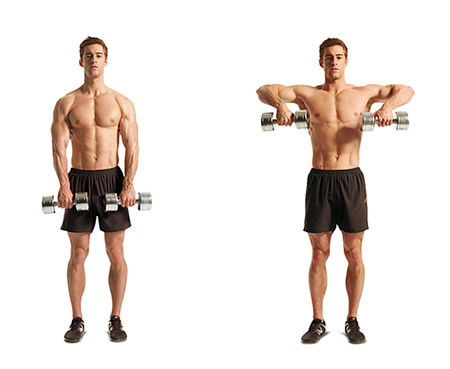
dumbbell upright row
Start this anterior delt exercise by holding a couple of dumbbells, one in each hand. Rest them in front of your body with a grip.
Bend your elbows and lift both dumbbells at the same time, vertically, until they’re in front of your collarbones. secure your elbows point toward the ceiling.
back down the dumbbells to their starting position.

15-20 reputations
Dumbbell Lateral Raise
For a dumbbell side rise, begin in a standing position, with your bases shoulder-width apart. Hold a couple of dumbbells,one in each hand. Let them rest against your sides with your palms fronting inward.
Slightly bend in your elbows and raise your arms straight outward your sides, until they’re at the level of your shoulders. The goal is to produce a T shape with your body.Pause, again return to your starting position
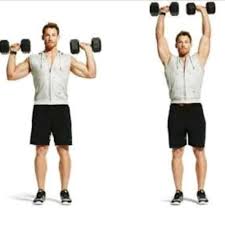
Dumbbell Military Press
start in a standing upright position. Make sure your back is straight.
Hold a dumbbell in each hand, bent your elbow, and lift your hands at shoulder level. Check for overhand grip and that your thumbs are on the inside with your cave facing upward.
Press the dumbbells beyond your head, stretching your arms until your elbows are almost straight. hold this for a few seconds and then return to the starting position.
Reverse Delt Fly

For this exercise, start with your bases shoulder-width apart. Hold a dumbbell in each hand with your palms fronting inward. Let the dumbbells swing straight down from your shoulders.
Bent your hips forward until your chest is almost parallel to the ground. observe your back flat and your elbows slightly bent.
Raise your arms straight outward to the side, until they’re aligned with your body. Pause, also return to the starting position.
As an alternative, you can do this exercise using a grade bench. In this case, it’s called the bent-finished reverse fly.
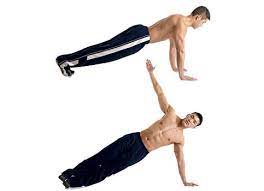
T Push-Up
Start this exercise in a high push-up position. Lower your body up to your chest close to reach the ground.
Push back up and, at the same time, rotate one side of your body raising. Raise your arm toward the ceiling.
hold this position for seconds, and then return to your starting position.
Alternate sides with each repetition.
Strengthen Your Upper Body and Prevent Injuries
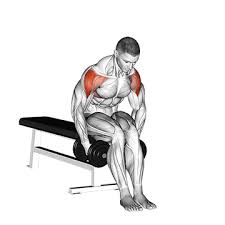
Bent Over Lateral Raise (Posterior)
Grab your dumbbells.
Take a place for the facility, preferably on the workout bench.
Initial position: Bend forward almost 45 degrees and keep your hands on the side to let the dumbbells sew.
Keeping your back straight and letting your arms slightly bend, pull the dumbbells on the side, against the gravity. Hold for a sec.
Slowly bring them back to starting position.
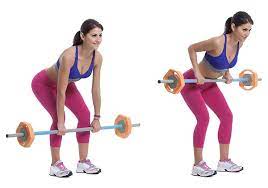
barbell row
Stand with your feet shoulder-width apart. hold the barbell and allow it to be put up in front of you at the length of your arms. Your palms should be fronting your body and your hands in line with the thighs. Breathe in and brace the abdominal. Keep your reverse straight, casket up, and eyes focused forward.
Lift the barbell straight up toward the chin as you exhale.
Lead with the elbows and maintain the bar close to the body. Your arms must go no higher than parallel with the shoulders.
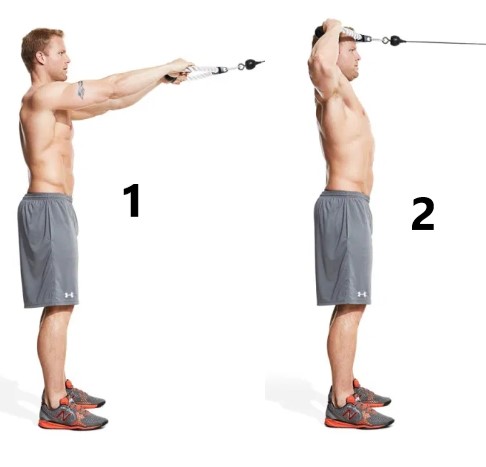
Pause at the top of the lift. Lower the barbell as you inhale, replacing it with the starting position.
face pull (Cable machine high pull with ropes)
For this exercise, you will need a cable machine. Start in a kneeling position, with your right or left bottom forward in front of the equipment.
Snare the handles of the machine, ensuring your palms are fronting inward. drag them toward your face.
As you do, drag your hands apart, near the sides next to your ears. Squeeze and hold the compression before slowly extending your arms back to the starting position
preventive measures
- DO the proper warm-up before some exercises or sporting activity.
- Stretch after exercising or playing sports
- Avoid immediate intense strength training and build strength gradually
- Do Regular stretching and strengthening exercises for your sports, fitness, or work exertion, as a part of your overall physical activities
- An exercise program can help to minimize your danger of muscle strains.
- Try to be in a shape to play your sport; don’t play your sport to get in shape.
- If you have a physically demanding occupation, regular exercise can help to help injuries.
- Follow a healthy diet and an exercise program to maintain a healthy weight. The overweight can put added pressure on the muscles, making muscle strains again probable to do

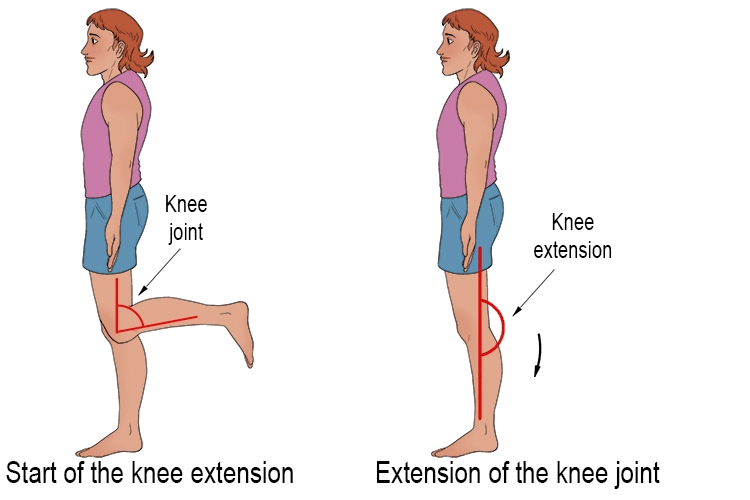
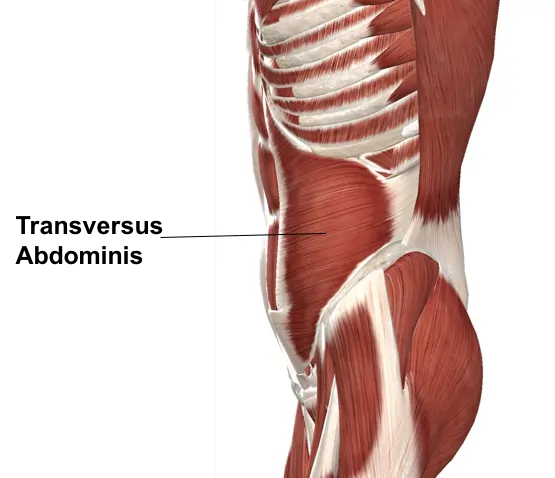

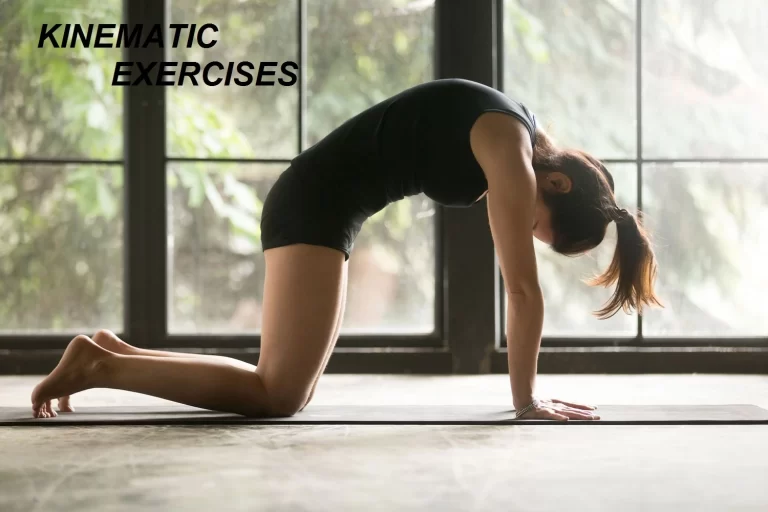
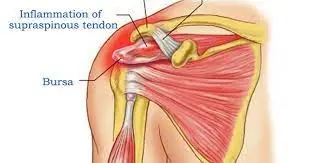
One Comment